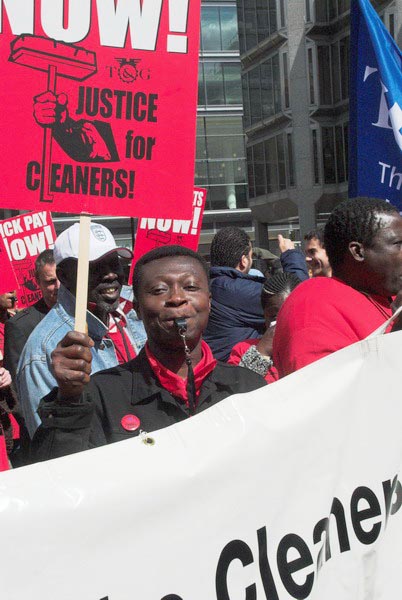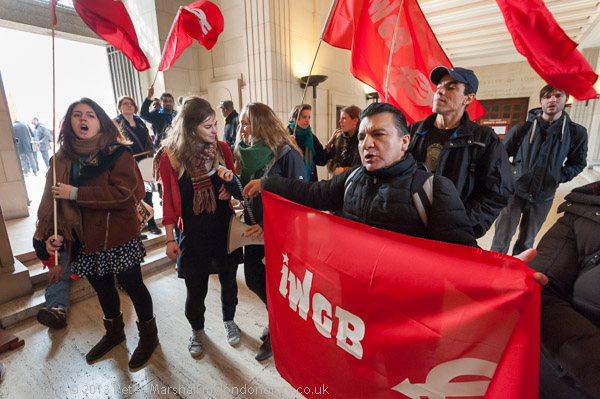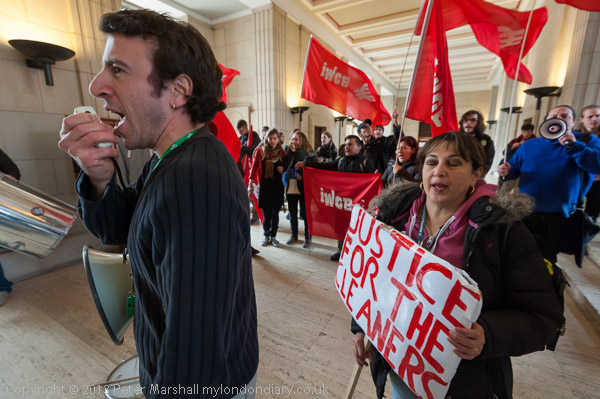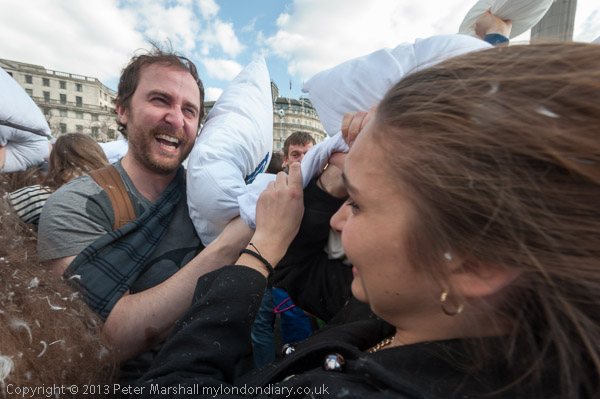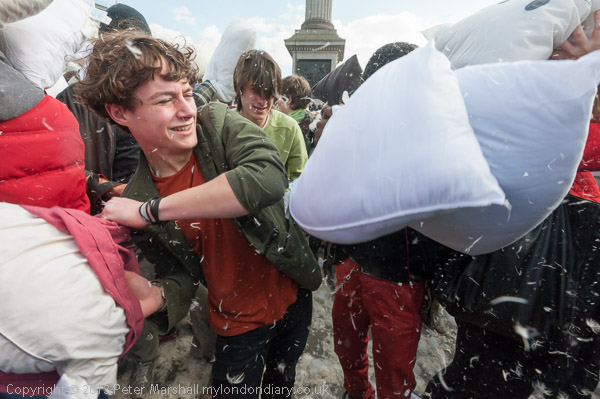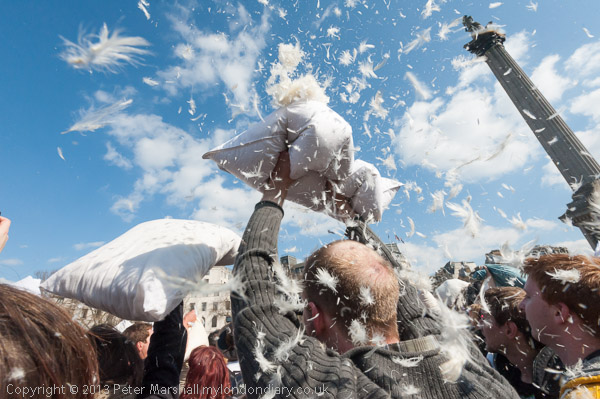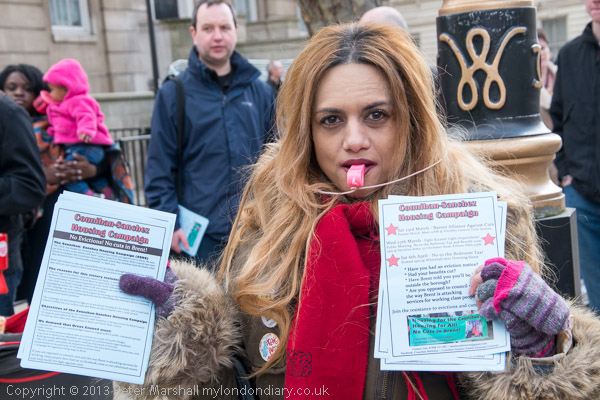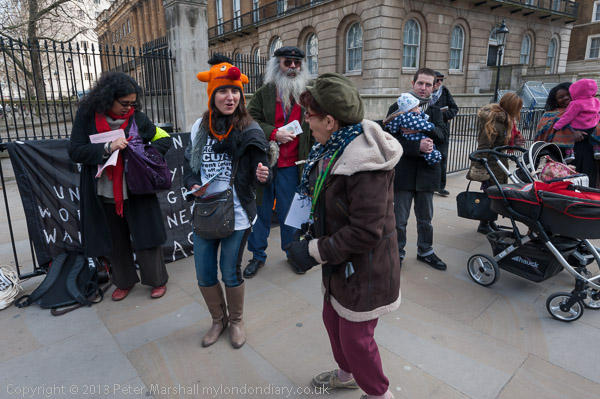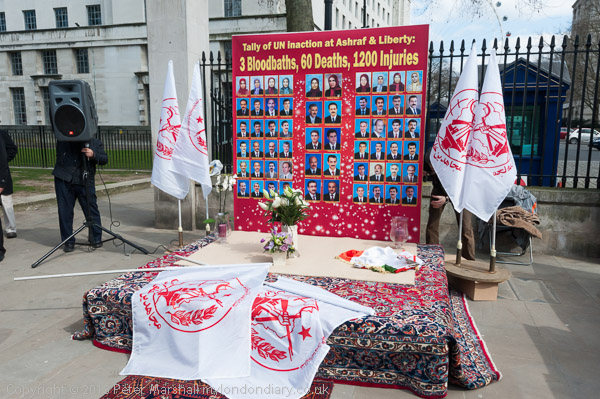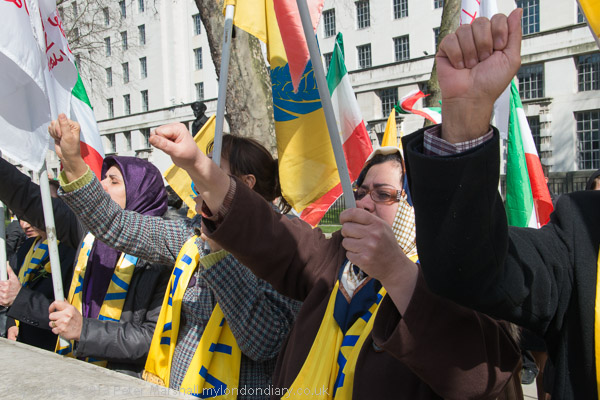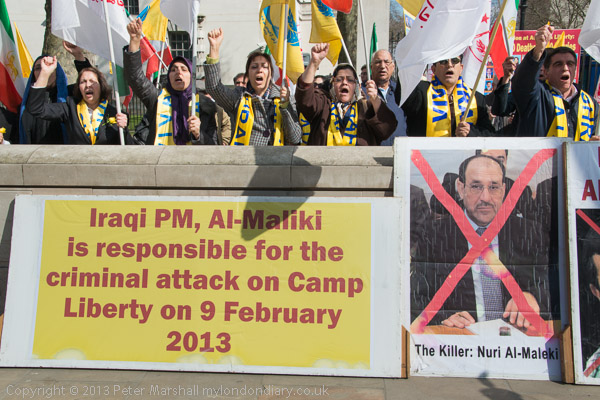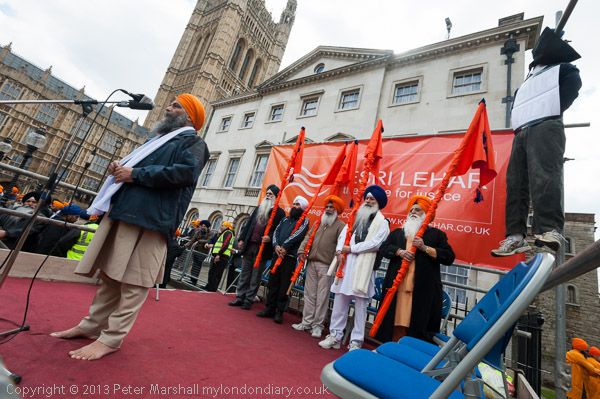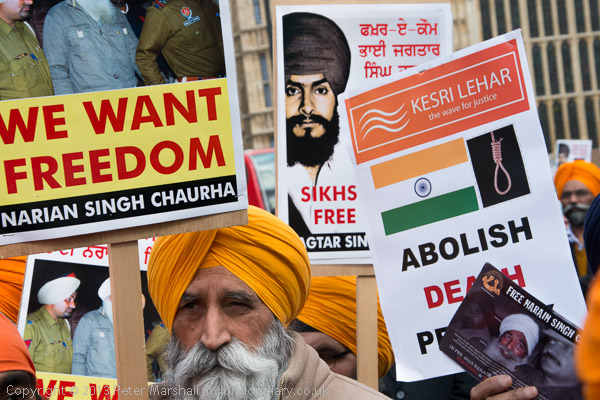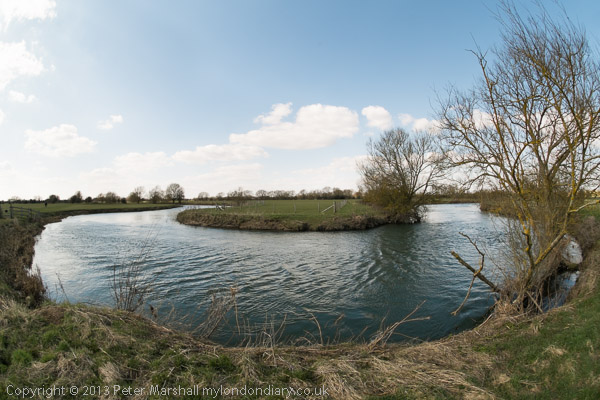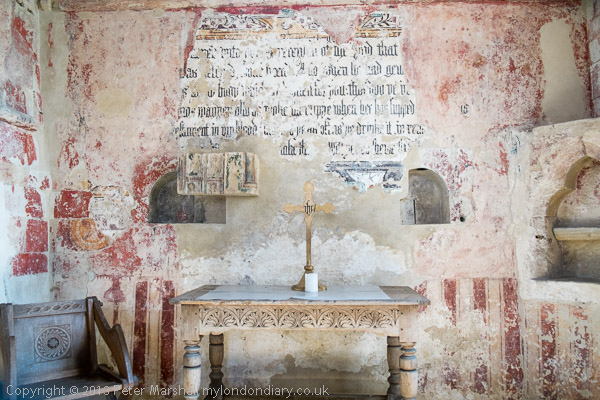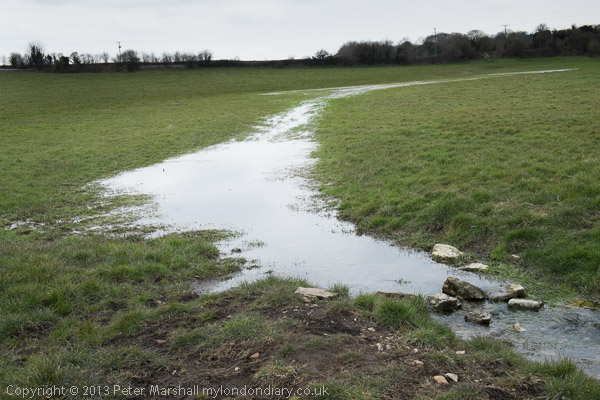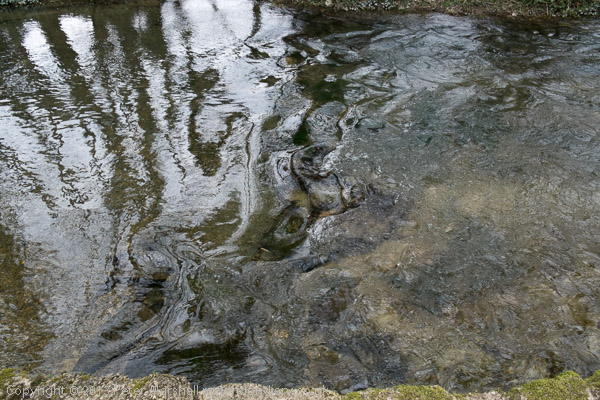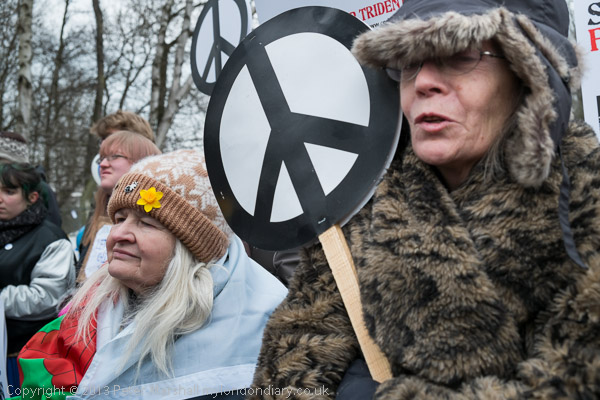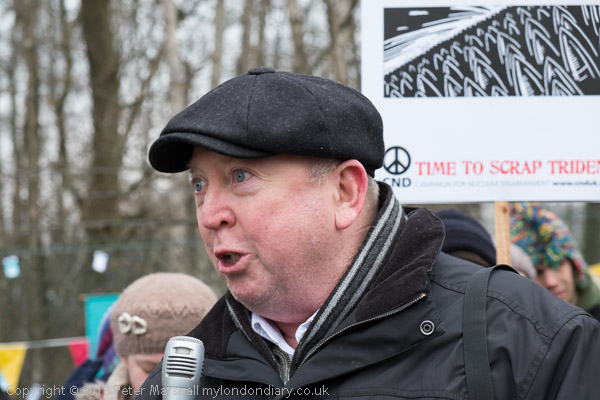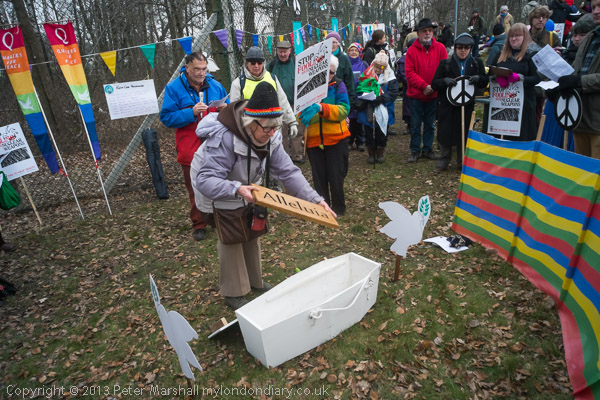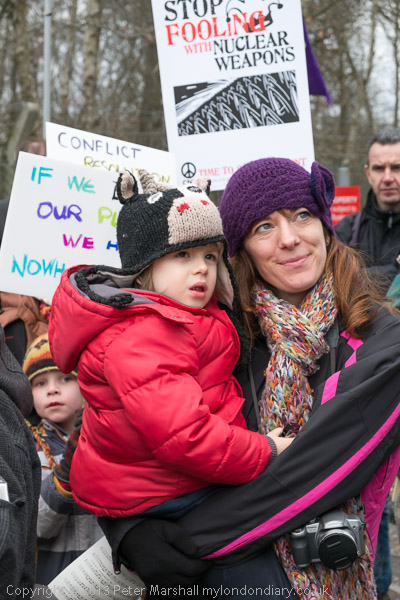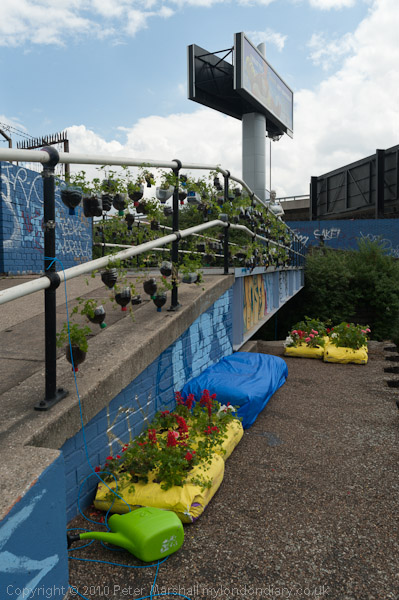
One of the first batch of my on-line images to carry a visible watermark
On 19 June 2010 I came to an important decision for me about posting images on the web. Previous to that date for some years I had been ensuring that the images that I had posted carried metadata stating my copyright and contact information, and posting the images almost entirely on sites where that information remained intact. But I’d found some were appearing without my permission on blogs and other sites with that information removed (but unfortunately never on sites that seemed worth suing, though most did respond to my requests for removal or in some cases attribution.) Even on sites that had asked and/or attributed and/or linked, the images themselves had often lost its metadata when images had been resized for use.
So, almost 3 years ago, I started routinely adding my copyright and contact details fairly discretely along the bottom edge of every image I uploaded onto my own web sites (those in commercial libraries have a more obvious overprint from the library.) People told me I should put it across the middle so it won’t be cropped off, but I wanted to avoid unduly diminishing people’s enjoyment of the work. And clearly if anyone cropped the image to remove the copyright they would be breaking the law.
The message ‘Copyright © 2010 Peter Marshall mylondondiary.co.uk‘ isn’t always too clear to read, but it is always (with a few rare exceptions) present on images posted since then – and occasionally I’ve got around to changing the year to match the current date. Usually by around March the following year. It isn’t perfect, but it would be very hard for anyone to claim ‘due diligence’ and use the work without payment given its presence. And of course I can be contacted through a link on the front page of the listed web site.
But that is what is now likely to happen in the UK, thanks to a sneaky bit of legislation by the government who tacked it onto the end of an unrelated bill, the Enterprise and Regulatory Reform Act which received royal assent last week. You can read the details in The Register’s article UK.Gov passes Instagram Act: All your pics belong to everyone now. And as Andrew Orlowski’s subhead makes clear, ‘Everyone = Silicon Valley ad platforms tech companies.’
I’m not sure that his conclusion
“In practice, you’ll have two stark choices to prevent being ripped off: remove your work from the internet entirely, or opt-out by registering it. And registration will be on a work-by-work basis.”
is entirely true, though I am a little worried about the many images I still have on-line without a visible watermark – probably at least 30,000. I haven’t yet found a simple piece of software that will enable me to batch process them simply and add visible information in a way that it isn’t easily removed, though I suspect it wouldn’t be too difficult to write.
I’ve also made sure that my name, which appears visibly on the images is available through the only current registry, PLUS, still in Beta. Becoming listed is free, but “The PLUS Registry operates on a co-op model, funded by optional contributions from “Supporting Members” who are able to make a small annual contribution. As a Supporting Member, you will receive a unique PLUS Member ID for your business, for use in images, licenses and documents of all kinds.” It’s free and easy to set up a basic account, and there is a video tutorial on the Help page which takes you step by step through it if you need it.
Including your unique PLUS Member ID appropriately in the metadata of your images should protect images where the metadata is intact without individual image registration, although PLUS also hopes to offer additional by image search and other services for registered images. Otherwise if metadata has been stripped (and doubtless the Silicon Valley skimmers will do so themselves even if companies like Facebook, Instagram or Flickr can be persuaded to stop) then a visible watermark should perhaps also include either your PLUS ID or the fact that you are registered with PLUS. It would be good to have a standard visible method of indicating that images have been made by a PLUS listed creator, but I don’t think there is one. I’m thinking of adding the word ‘PLUS’ to my watermark, so it would now look like:
Copyright © 2013 Peter Marshall mylondondiary.co.uk – PLUS
The UK law is only a skeleton, which will be fleshed out by statutory instruments which will be issued later this year, which I hope will explicitly include the need for those wanting to make use of images to look at metadata and visible information and search PLUS and other registries that may be established.
It seems fairly likely that the legislation will be challenged legally as in breach of various international treaties including the Berne Convention, as well as becoming the subject of protests by photographers and other interested parties.
Continue reading UK Government Gives Our Work Away
